We’ve just returned from a weeks holiday, with friends Bob & Sue, birding on The Azores, visiting just two islands of this Atlantic archipelago, Sao Miguel and Terceira. Winter is probably not the best time to visit but with flights at less than £50 per person, very good value accommodation and excellent food, it was too good an opportunity to miss. In the end we managed a total list of 66 species, including: 17 species of duck and water birds – seven of which were American, 16 species of wader including two American, eight species of gull including two American and both common ‘white-wingers’ and a few other odds and ends like Glossy Ibis, Cattle Egret, Great Northern Diver and, of cause, Azores Bullfinch – subject of my previous blog. Not too shabby an outcome really. Definitely to be recommended.
Azores Bullfinch or Priolo – the only totally new bird of the trip
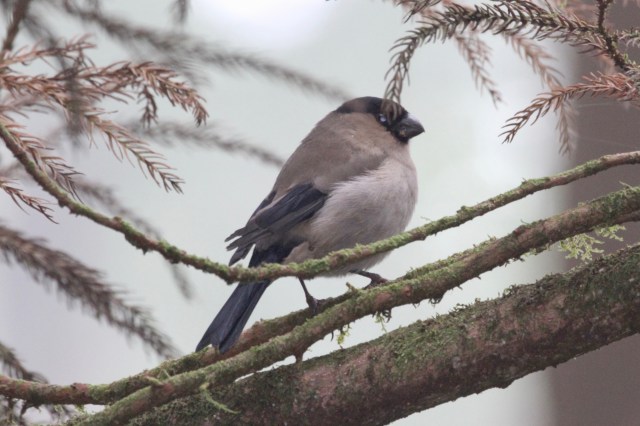
Several of the more common residents have endemic races, like Buzzard, Blackbird, Wood Pigeon, Goldcrest, Chaffinch and this Blackcap
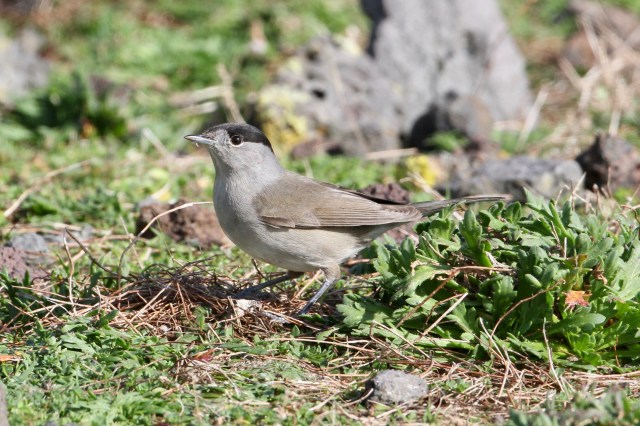
Glossy Ibis was a bit of a surprise as it flew over our heads at Paul da Praia

We saw seven species of American duck and water birds – most were on the ‘town pond’ of Paul da Praia, on Terceira. These are two male Blue-winged Teal

Followed by three Lesser Scaup
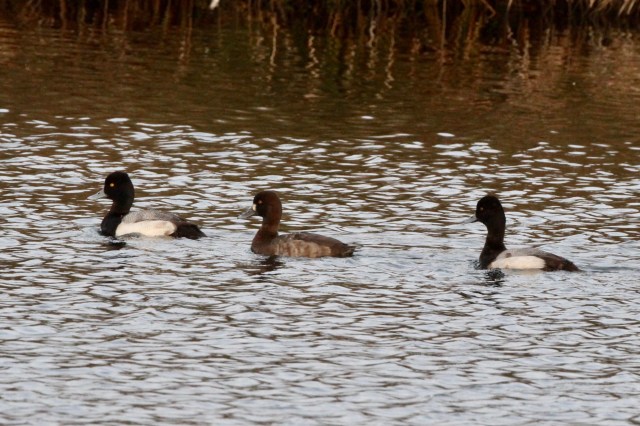
This Redhead – looking not unlike our own Pochard, was usually in the company of the Ring-necked Duck. We had up to three males and two females, but they never came particularly close

American Wigeon was the fifth species of New World duck we saw on the ‘town pond’ of Paul da Praia – one of two rather flighty males
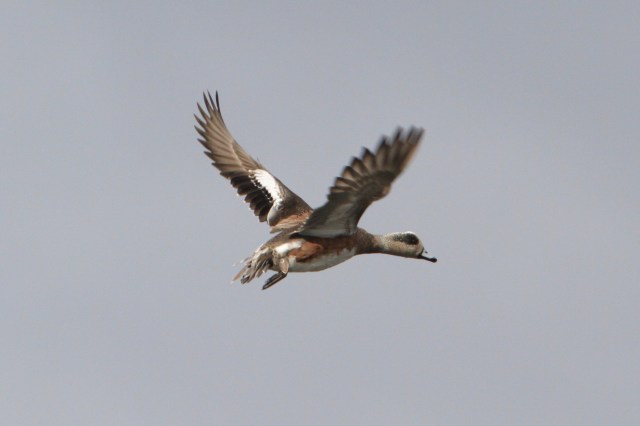
Equally difficult were these two male Wood Duck – seen on Largoa Azule

To round off this section, American Coot at Cabrito reservoir – our 7th species of American wildfowl and water birds for the trip

Of the fifteen species we saw at the amazing wader hot-spot of Cabo da Praia quarry, Semi-palmated Plover was by far the rarest – looking not unlike our own Ringed Plover, it was at times, difficult to find

There were plenty of winter Sanderling coming and going. This one is with Little Stint – one of three seen
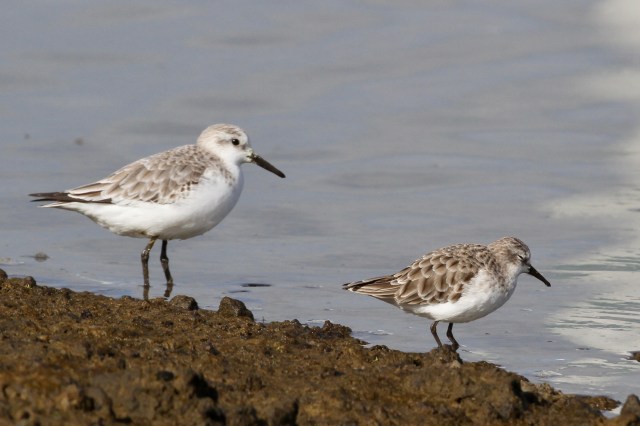
Curlew Sandpiper, again in winter plumage, could have been mistaken for Dunlin with just a cursory inspection

Kentish Plover, along with Sanderling, were the default wader species at this remarkable spot
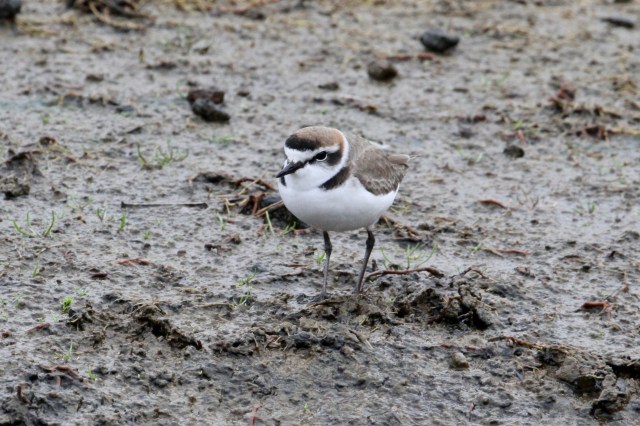
Knot are always nice to see, even in their rather drab winter plumage

The gull action came mostly in the form of two American species, this Bonaparte’s Gull appeared to spend most of it’s time at Canada do Quinhão Grande – roosting at Cabo da Praia quarry. At least we think it was the same bird. Photographed here, at the first site with Black-headed Gull

And again at the quarry

These American Ring-billed Gull – four in total were seen on the beach at Praia da Vitoria with a single Common Gull


Further gull action came in the form of the two common ‘white-wingers’, Glaucous and Iceland. The first, a 1st winter Glaucous on the beach at Praia de Monte Verde

The other, an Iceland Gull – 2nd winter, at the marina in Ponta Delgada

To finish off with a couple more regular but no less interesting species, beginning with Spoonbill, feeding unperturbed, near the cafe at Sete Cidades
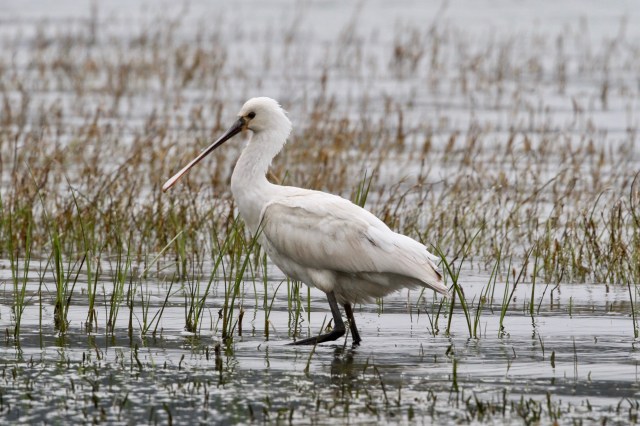
Waxbill, a well established escape, seen at several locations around Sao Miguel

The Azorian race of Common Buzzard, seen here in the rain – not an uncommon weather feature of these islands!

Cattle Egret, one of two, seen at Canada do Quinhão Grande – a bit of eye-balling go on here

And to conclude, Great Northern Diver – in the outer harbour at Praia da Vitoria

For a full annotated species list from our trip, click this link.